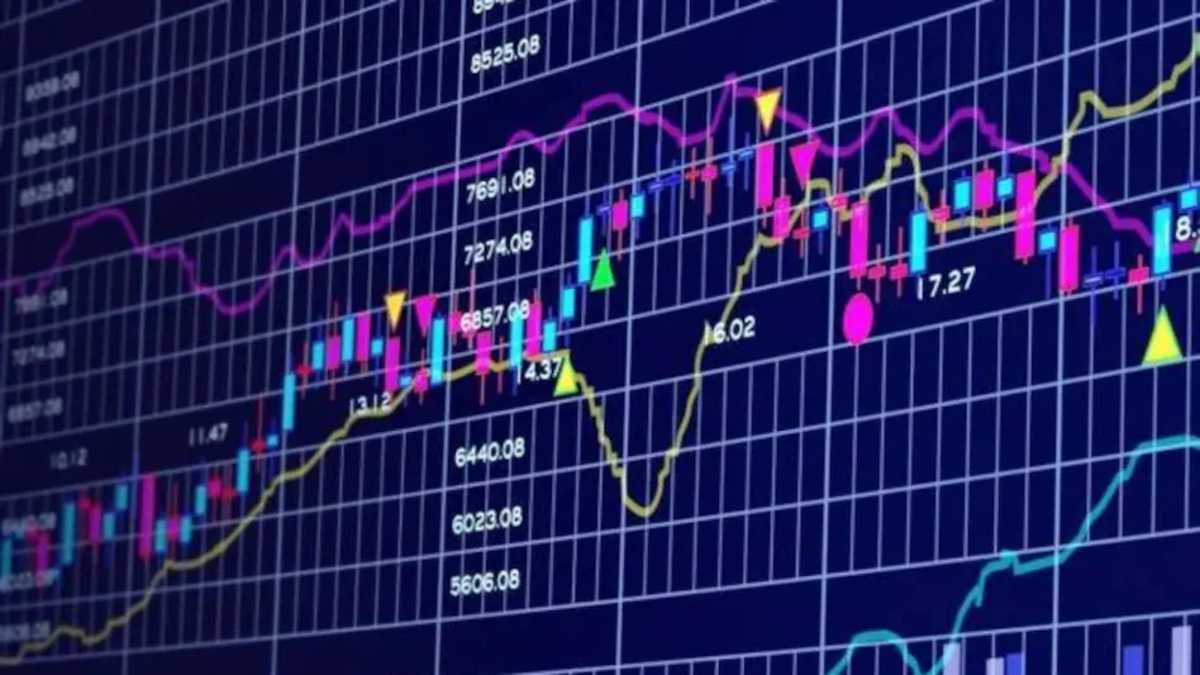The derivatives market is a crucial segment of the global financial ecosystem, offering investors various instruments to hedge risks, speculate on asset price movements, and enhance portfolio diversification. Derivatives derive their value from an underlying asset, such as stocks, bonds, commodities, interest rates, or currencies. Understanding the structure, advantages, and risks of the derivatives market is essential for both institutional and retail investors.
What Are Derivatives?
Derivatives are financial contracts whose value is based on an underlying asset. They are used for hedging risk, leveraging positions, and gaining exposure to specific markets. Derivatives can be traded over-the-counter (OTC) or on regulated exchanges.
Types of Derivatives
- Futures Contracts
- A futures contract is a standardized agreement to buy or sell an asset at a predetermined price on a future date.
- Traded on exchanges such as the Chicago Mercantile Exchange (CME) and the National Stock Exchange (NSE).
- Used for speculation and hedging against price fluctuations.
- Options Contracts
- An option gives the holder the right, but not the obligation, to buy (call option) or sell (put option) an asset at a set price before a specified expiry date.
- Investors use options for hedging, income generation, and speculation.
- Swaps
- A swap is a contract in which two parties exchange cash flows based on different financial instruments.
- Common types include interest rate swaps, currency swaps, and commodity swaps.
- Used primarily by institutional investors to manage risk exposure.
- Forwards Contracts
- A forward contract is similar to a futures contract but is privately negotiated between two parties.
- Commonly used in currency and commodity markets to hedge against price changes.
Functions and Importance of the Derivatives Market
- Risk Management – Derivatives help businesses and investors mitigate risks related to price volatility.
- Price Discovery – Market participants contribute to setting efficient asset prices.
- Leverage – Derivatives allow traders to take larger positions with smaller capital investment.
- Market Liquidity – High trading volumes improve liquidity and enable smoother market functioning.
- Speculation Opportunities – Investors can profit from anticipated market movements using derivatives.
Risks Associated with Derivatives Trading
- Market Risk – Price fluctuations in the underlying asset can lead to substantial losses.
- Liquidity Risk – Some derivative contracts may not have enough buyers or sellers, making them hard to trade.
- Leverage Risk – High leverage can amplify both gains and losses.
- Counterparty Risk – In OTC derivatives, there is a risk that one party may default on its obligations.
- Regulatory Risk – Changes in government regulations can impact the derivatives market significantly.
Derivatives Market in India
- Regulated by SEBI (Securities and Exchange Board of India).
- Major Exchanges: NSE and BSE offer a range of derivative products, including stock, index, commodity, and currency derivatives.
- Growth Trends: Increasing institutional participation, rise in retail investor interest, and technological advancements have boosted derivatives trading.
The derivatives market is a vital component of the financial landscape, offering multiple benefits and strategic advantages. However, it also poses risks that require careful management. Investors and businesses must understand derivatives thoroughly and use them responsibly to maximize their benefits while mitigating potential downsides. As financial markets evolve, derivatives will continue to play a critical role in shaping global investment strategies.



